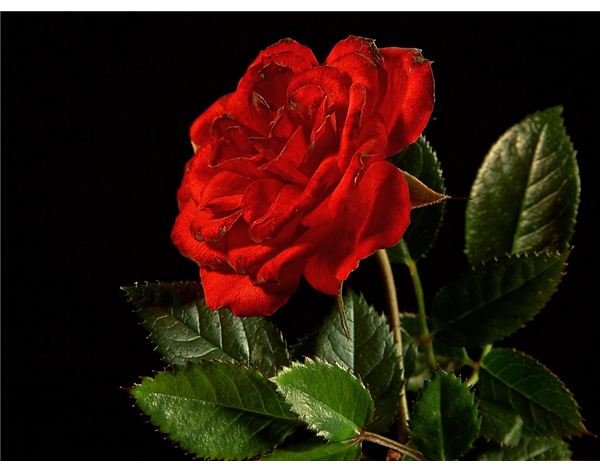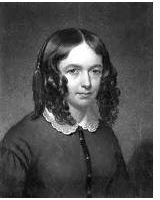Teaching Love Poems: High School Lesson Ideas for Sonnets and Other Love Poems for Valentine's Day
Page content
Save your Of Mice and Men and Night lesson plans for another day. Your students aren’t paying attention anyway. This is not the day for “The Black Cat” or “The Tell-Tale Heart.” It’s Valentine’s Day, so why not teach them poetry with these descriptions and lesson plans for love poems.
Sonnets
Our first group of love poems for Valentine’s Day includes sonnets. Before teaching these love poems/sonnets, you may want to do a quick review on teaching sonnets.
- “How do I Love Thee” by Elizabeth Barret Browning - If there ever existed a literary device more suited to teenagers and love poems than hyperbole, I’d love to see it. This poem makes for a great Valentine’s Day annotation and analysis. Make sure the analysis does the following: (1) identifies examples of hyperbole; (2) explains why love is a topic suited to hyperbole; (3) explains why cynics like me think these expressions of love are hyperbolic and not real; (4) explain the depth of the speaker’s love; (4) explain what types of love, other than romantic love, are being expressed by the poem. Another teaching idea is to instruct students to imitate Browning’s poem. It’s not as simple as it seems.
- Sonnet 130 by William Shakespeare - Shakespeare uses meiosis and humor to describe his love; the joke, however, is not on his love, but on the ridiculous use of hyperbole by poets. Sonnet 130 is a perfect way for analyzing humor in literature lesson plans. For analysis purposes, discuss how Shakespeare’s use of understatement contrasted with his declaration of love in the last two lines make this poem superior to traditional love poems.
More Poems

Don’t limit your best love poems for Valentine’s Day to sonnets. Try these classics.
- “Red, Red, Rose” by Robert Burns - As far as hyperbole goes, Browning’s got nothing on Burns, who claims he’d walk 10,000 miles to be with his love. In addition to hyperbole, the poem contains similes and symbolism. Try this lesson on symbolism.
- “The Clod and The Pebble” by William Blake - Blake presents contrasting views of love, using a metaphor to compare it to a clod and a pebble. This poem should satisfy the cynics (those without a Valentine) in the room. Assign a persuasive essay, referencing the poem, on which view of love is correct.
- “Heart, We Will Forget Him” by Emily Dickinson - In addition to being an excellent example of apostrophe, Dickinson’s poem captures the mixed feelings associated with love and the denial in which young girls often engage after being dumped. This is a good option for a journal entry. Have the tissues ready.
- “The Flea” by John Donne - Nothing screams love like a blood-sucking flea! An understanding of extended metaphor is required to understand the physical and spiritual union of which Donne writes.
- “Annabel Lee” by Edgar Allan Poe - Poe writes of idealized love at an idealized age in an idealized place. “Annabel Lee” merits a discussion and a lesson on sound devices in poetry.
This post is part of the series: Holiday Stories
Use these stories and keep students’ interest high near the holidays.
